by Dr Sandra Cabot
Recently I was lucky enough to discover a crop of large dark brown to black underneath coloured mushrooms growing in my back yard. I had not eaten mushrooms for years as I found the ones in the supermarket to be rubbery and devoid of flavour.
I decided to sauté them in fresh butter for 10 minutes. Wow the taste was out of this world with a rich deep earthy flavour and the texture was chewy. I am not really a “foodie” but I think I did go to tastebud heaven with my pleasure centre firing off to bring satisfaction – the experience must have spiked my dopamine (pleasure chemical secreted in the brain).
Lucky me I thought, especially as I did not have to share them. My sister Madeleine and my dog Harley were home that evening but they do not like mushrooms, so I was safe to indulge in several meals of these mushrooms. The taste of the mushrooms was a little similar to eating red meat but sweeter – I thought to myself “this is like eating the flesh of the earth” – yum!
Organic field mushrooms are not only delicious as they are a power house of nutrients to strengthen the immune system.
Mushrooms do not fall into the vegetable species and are actually fungi. A fungus is a living organism that has no roots, leaves, flowers, or seeds. Scientifically speaking, mushrooms are not even plants!
Vitamins and minerals per 100g serve
Folate mcg 185% RDI men & women
| Nutrient | Mushroom | % RDI/AI |
| Vitamins | ||
| Vitamin B2 (mg) Riboflavin |
0.37 | 28% RDI men; 36% RDI women |
| Niacin equivalents (mg) | 3.7 | 25% RDI men; 29% RDI women |
| Pantothenic acid mg | 1.15 | 19% AI men; 29% AI women |
| Biotin mcg | 8.9 | 30% AI men; 36% AI women |
| Folate mcg | 18 | 5% RDI men & women |
| Vitamin D (mcg) in light exposed mushrooms | 10-15 | 100% AI |
| Minerals | ||
| Copper (mcg) | 342 | 20% AI men; 28% AI women |
| Selenium (mcg) | 15.4 | 22% RDI men; 26% RDI women |
| Phosphorus (mg) | 110 | 11% RDI men & women |
| Potassium (mg) | 310 | 8% RDI men; 11% RDI women |
| Chromium (mcg) | 13.4 | 38% RDI men; 53% RDI women |
- “% RDI = Percentage of the Recommended Dietary Intake each day
- “% AI = Percentage of the Adequate Intake each day (used when an RDI has not been established)
- “mg = milligrams; mcg = micrograms
Source: Nutrient Reference Values for Australia & New Zealand 2006; NUTTAB 2010
It is almost like taking a vitamin and mineral supplement, only far tastier. Just remember – it’s important to eat ONLY organically grown mushrooms because they absorb and concentrate whatever they grow in. Mushrooms are known to concentrate heavy metals, as well as air and water pollutants, so healthy growing conditions is a critical factor
Ideas for cooking mushrooms
- Healthy sautéed mushrooms and onions make a great side dish
- Add finely chopped mushrooms to a pot of tomato pasta sauce
- After removing the stems from mushrooms, stuff them with your favourite vegetables or feta soft cheese.
- Make a mushroom omelette
With all the evidence supporting mushrooms as super foods, I highly recommend adding mushrooms to your diet. They’re an excellent addition to any salad and go great with all kinds of meat and fish. As Hippocrates famously said “Let food be thy medicine” he was right, as with mushrooms that is especially true, as they contain some of the most powerful natural medicines on the planet.
Mushrooms have an unusual combination of phytonutrients that can be difficult to obtain from other foods. These phytonutrients include special types of carbohydrates (polysaccharide-like molecules Beta-D-glucans or fucogalactans), organic compounds called hydrazines and hydrazides and conjugated linoleic acid (CLA). These phytonutrients provide support to the immune system and reduce inflammation.
- Good source of many minerals including copper, selenium, phosphorus, potassium, zinc, manganese
- Good source of B vitamins including vitamin B 1, B2, B 6, B 12, niacin, pantothenic acid, folate and choline
- Good source of protein
- Excellent sources of the antioxidants polyphenols and selenium. One antioxidant that is unique to mushrooms is ergothioneine, which scientists call a ‘master antioxidant.’ A study in the journal Nature examined ergothioneine, and presented it as an unusual sulfur-containing derivative of the amino acid, histidine.
Ergothioneine was found to have a very specific role in protecting DNA from oxidative damage. This is one of the ways mushrooms protect us against cancer.
Word of caution
Choose organically grown mushrooms to avoid harmful contaminants that mushrooms absorb and concentrate from soil and water. Avoid picking mushrooms in the wild unless you are absolutely sure you know what type of mushroom you’re picking! There are many toxic mushrooms, and it’s easy to get them confused unless you have a lot of experience. Growing your own mushrooms is an excellent option and a far safer alternative to picking wild mushrooms.
References
Adams LS, Phung S, Wu X et al. White button mushroom (Agaricus bisporus) exhibits antiproliferative and proapoptotic properties and inhibits prostate tumor growth in athymic mice. Nutr Cancer. 2008;60(6):744-56. 2008.
Borchers AT, Krishnaumurthy A, Keen CL et al. The Immunobiology of Mushrooms. Exp Biol Med, Mar 2008; 233: 259 – 276. 2008.
Chandra L, Alexander H, Traoré D et al. White button and shiitake mushrooms reduce the incidence and severity of collagen-induced arthritis in dilute brown non-agouti mice. J Nutr. 2011 Jan;141(1):131-6. Epub 2010 Nov 24. 2011.
Chen S, Oh SR, Phung S et al. Anti-Aromatase Activity of Phytochemicals in White Button Mushrooms (Agaricus bisporus). Cancer Res., Dec 2006; 66: 12026 – 12034. 2006.
Falandysz J. Selenium in edible mushrooms. J Environ Sci Health C Environ Carcinog Ecotoxicol Rev. 2008 Jul-Sep;26(3):256-99. 2008.
García MA, Alonso J and Melgar MJ. Lead in edible mushrooms: levels and bioaccumulation factors. J Hazard Mater. 2009 Aug 15;167(1-3):777-83. Epub 2009 Jan 23. 2009.
Gohil VM, Agrawal SK, Saxena AK et al. Synthesis, biological evaluation and molecular docking of aryl hydrazines and hydrazides for anticancer activity. Indian J Exp Biol. 2010 Mar;48(3):265-8. 2010.
Grube BJ, Eng ET, Kao YC et al. White Button Mushroom Phytochemicals Inhibit Aromatase Activity and Breast Cancer Cell Proliferation. J. Nutr., Dec 2001; 131: 3288 – 3293. 2001.
Kohno K, Miyake M, Sano O et al. Anti-inflammatory and immunomodulatory properties of 2-amino-3H-phenoxazin-3-one. Biol Pharm Bull. 2008 Oct;31(10):1938-45. 2008.
Kwok S, Yuan YC, Karlsberg K et al. Molecular basis of the chemoprotective effect of white button mushrooms against breast cancer. [Proc Amer Assoc Cancer Res, Volume 46, 2005] Prevention Research 3: Biological and Biochemical Mechanisms in Prevention. Abstract #1580. 2005.
Martin KR and Brophy SK. Commonly consumed and specialty dietary mushrooms reduce cellular proliferation in MCF-7 human breast cancer cells. Exp Biol Med (Maywood). 2010 Nov 1;235(11):1306-14. Epub 2010 Oct 4. 2010.
Phung S, Ye J, Hur G et al. White button mushrooms and prostate cancer prevention. AACR Meeting Abstracts, Apr 2005; 2005: 1221. 2005.
Shiuan C. Anticancer Activities of White Button Mushrooms. The Journal of Nutrition. Bethesda: Dec 2004. Vol. 134, Iss. 12S; pg. 3532S-3533S. 2004.
Smiderle FR, Sassaki GL, van Arkel J et al. High molecular weight glucan of the culinary medicinal mushroom Agaricus bisporus is an alpha-glucan that forms complexes with low molecular weight galactan. Molecules. 2010 Aug 25;15(8):5818-30. 2010.
Wu D, Pae M, Ren Z et al. Dietary supplementation with white button mushroom enhances natural killer cell activity in C57BL/6 mice. J Nutr. 2007
Jun;137(6):1472-7. 2007.
Yu S, Weaver V, Martin K et al. The effects of whole mushrooms during inflammation. BMC Immunol. 2009 Feb 20;10:12. 2009.


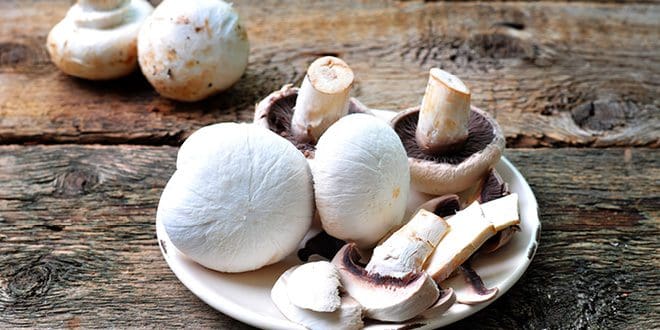

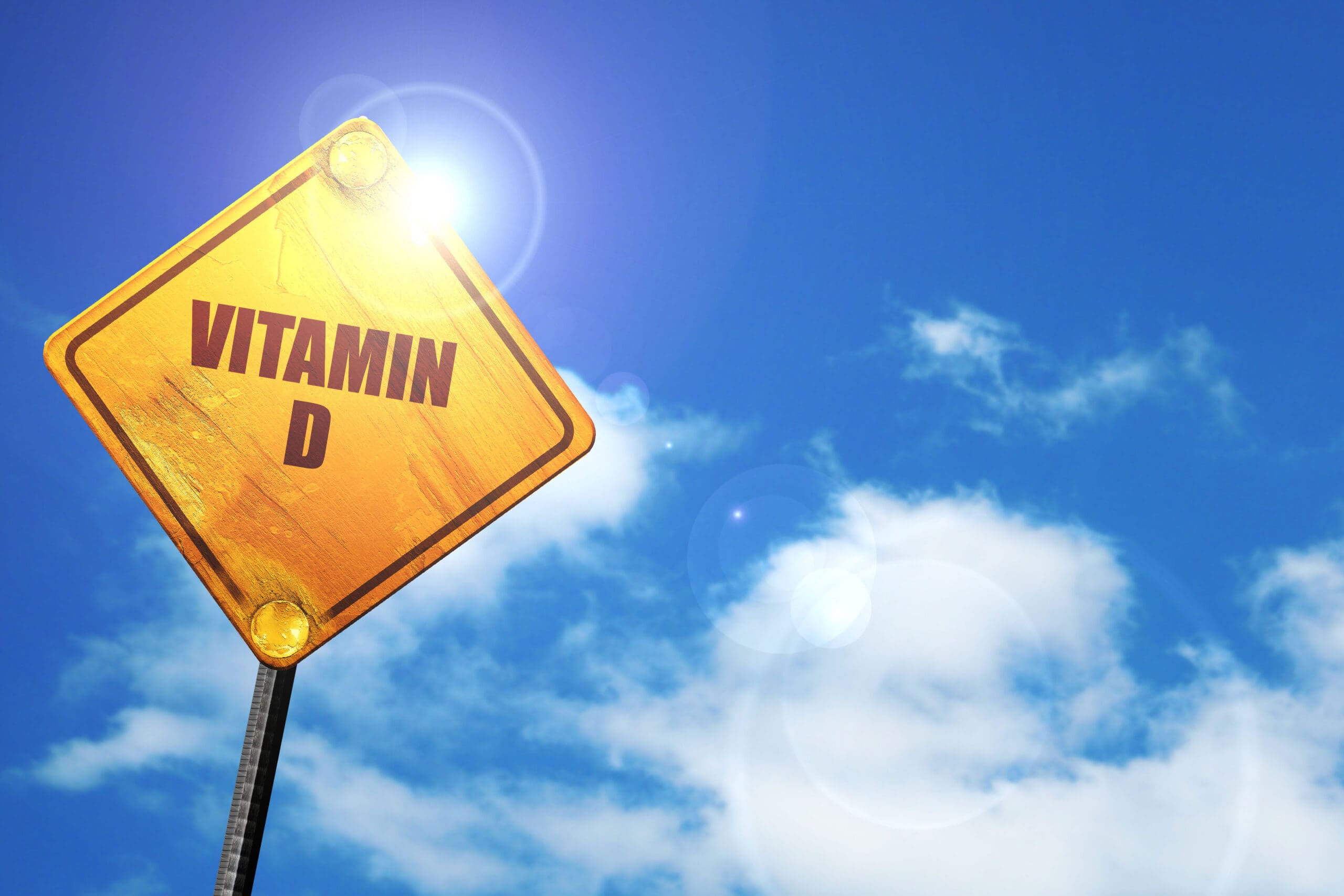
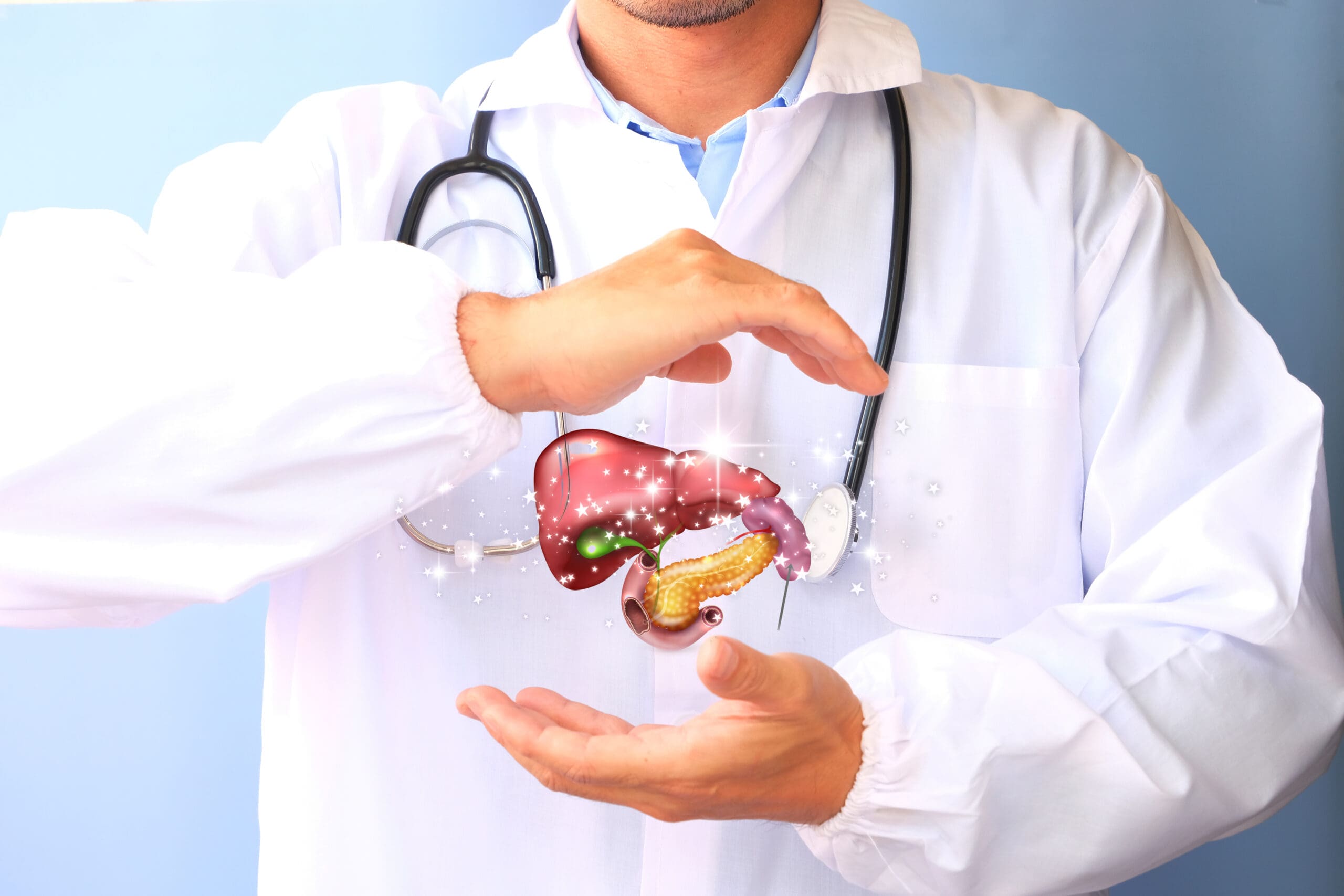
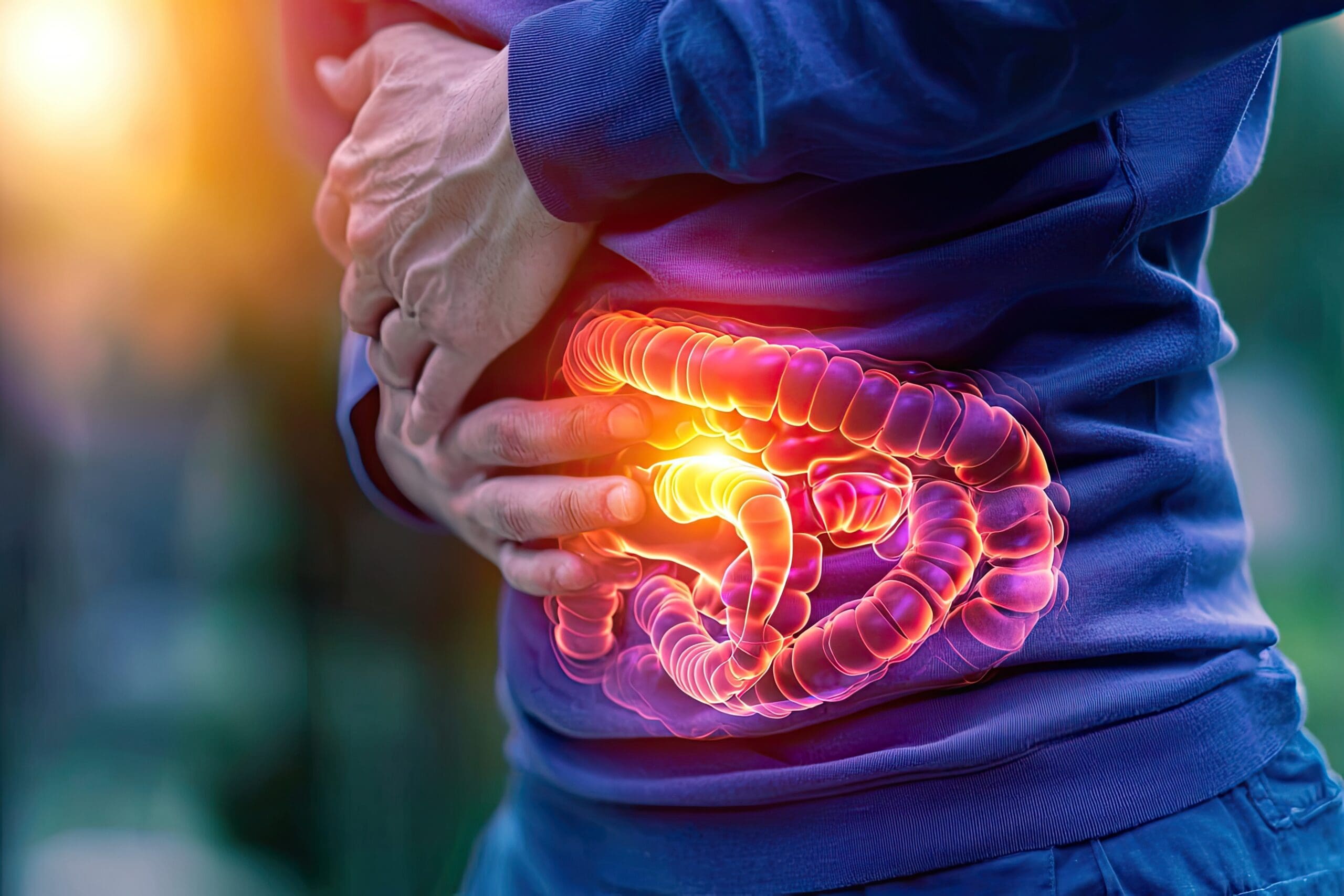

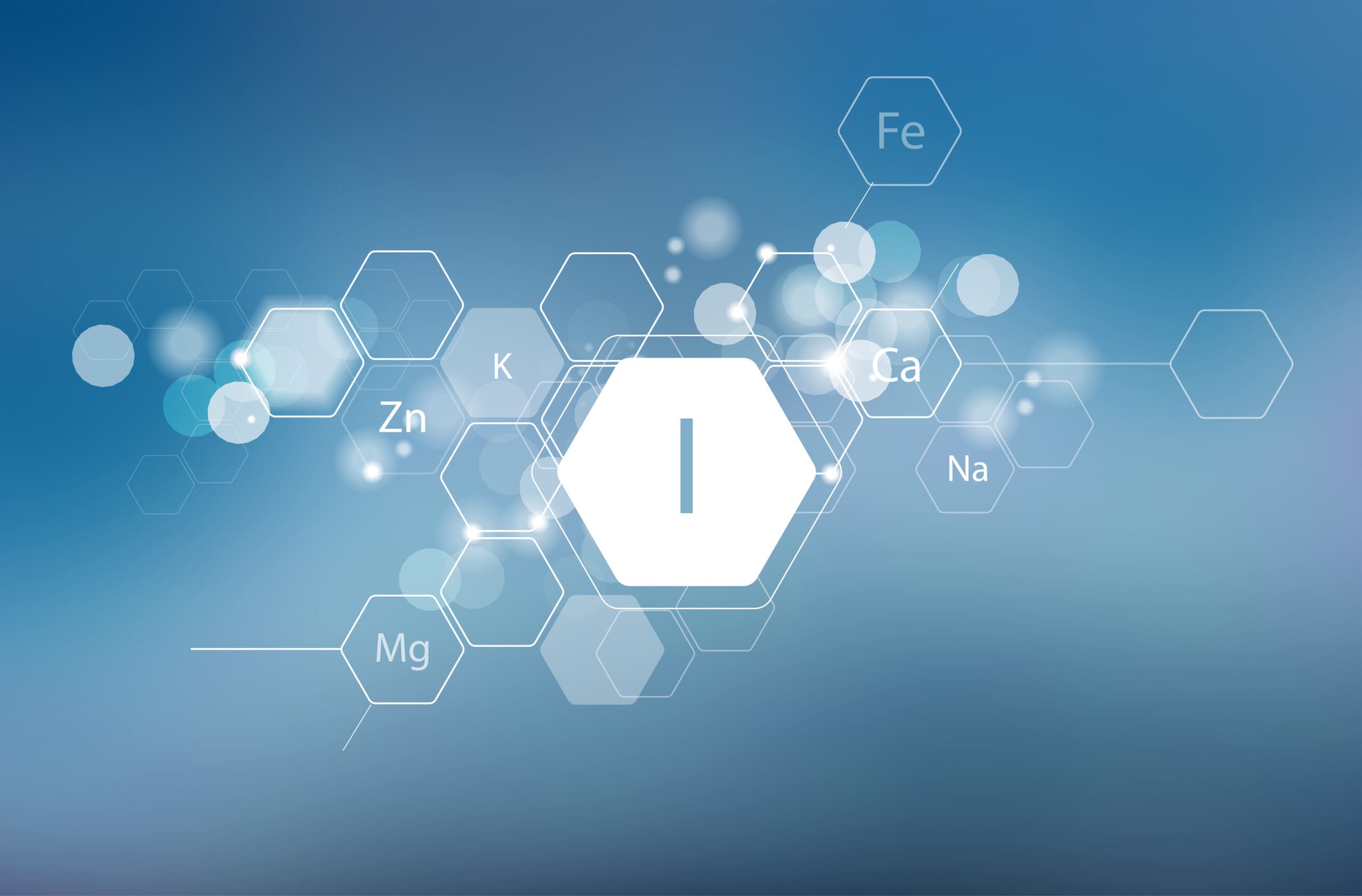
Leave A Comment